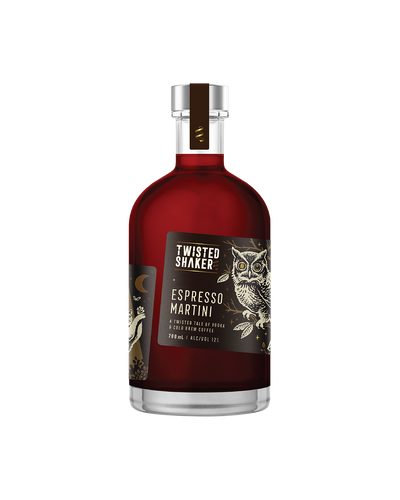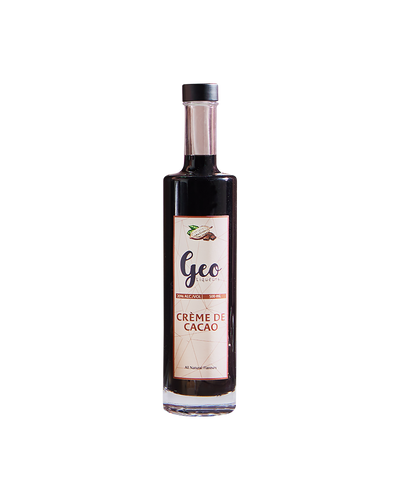Your Complete Guide To Vodka
Vodka serves as many people’s introduction to the world of fine liquor. Its relatively neutral taste means that people don’t tend to find it overpowering in a manner akin to darker spirits like whisky, bourbon or rum. Additionally, it’s also able to be easily mixed into a variety of other drinks, helping establish it as an easy choice for those who are new to experimenting with spirits. The alcohol percentage of vodka also enables it to offer a more potent punch as part of a mixed drink, in contrast to lower-strength beverages such as ciders.
But it would be a mistake to say that vodka is solely for new drinkers; it’s a sophisticated beverage with a long legacy around the world, and it has a sizable fanbase of devotees who are eager to extol its virtues. This vodka guide will take you through the backstory that led to the creation of the drink, as well as why it has retained popularity to the present day.
The first drops of vodka’s history
Intimately associated with both Russia and Poland, there are fierce debates in the spirit community as to which country first produced vodka. However, it is known that it dates to at least the 15th century, with subsequent folklore suggesting that a monk named Isidore from Chudov Monastery produced a type of “bread wine”, akin to the modern version of the drink. However, the drink’s history likely extends back several centuries further in both countries, though historical records are scarce. The word “vodka” was used for a variety of drinks and tinctures throughout the years, and only seems to have entered its modern usage in the 18th century, further confusing matters.
Nonetheless, it remains an important cultural touchstone and in the subsequent centuries has found itself a popular alcoholic beverage around the world, with no sign of slowing down anytime soon. So, what is vodka made from today? It depends on what’s available! At least some of vodka’s ongoing worldwide popularity can be attributed to its relative ease of manufacture. Most commercially available vodkas are today made from cereal grains like wheat, rye or corn — but in truth, it can be made from just about any substance that’s high in starch or sugar. Potatoes, bread and sugar beets have long been popular options, but more exotic varieties have incorporated ingredients such as milk, figs and maple syrup. Preferences for consumption will vary, of course, but are testament to the versatility of the ways the drink can be created.
The manufacturing process
So, how is vodka made? In principle, vodka production is quite similar to most grain spirits. Once the distiller has decided on their preferred material for making vodka, the fermentation process begins within a vat — the starchy product is broken down by yeast, eventually creating an alcoholic grain spirit, which sits around the 16% mark.
However, while this grain spirit can be drunk, it’s not particularly tasty and lacks the clarity, purity and punch that vodka is known for. Distilling and filtering must both take place within a still, in order to both increase the alcohol content and to remove impurities. Once this process has been undertaken several times, the vodka is ready to be bottled and drunk.
How much alcohol is in vodka?
How many standard drinks are in a bottle of vodka depends on the size of the bottle, the alcohol percentage in the vodka and any additives. However, as a rule of thumb, most bottles of vodka hover around 40% alcohol percentage. Flavoured vodkas often run slightly lower, while some types of vodka are produced at up to 95%.
Does vodka have sugar?
No. Despite being reliant on sugar to create, vodka is both sugarless and very low in carbohydrates. The distillation and filtering processes are extensive enough that the sugar is removed as a result.
Is vodka a neutral grain spirit?
Not exactly. While vodka is highly regarded for its relatively neutral taste and high purity, a “neutral spirit” has a more technical definition. Neutral spirits are created by distilling — just as vodka is — however, the end product is much more highly concentrated, usually to an alcohol percentage of at least 95%. These neutral spirits are then used for a variety of different purposes, such as alcohol manufacture, cosmetics, pharmaceuticals and perfumes. So although vodka’s comparative “neutrality” is highly regarded for its use in mixed drinks, it’s not a neutral spirit in the true sense of the term.
Is vodka vegan?
Vodka is, in fact, vegan. In fact, most pure distilled spirits are — including whisky, rum and gin. However, if you’re purchasing a flavoured vodka (or any other form of spirit) it’s worthwhile checking ingredients to be sure that they are vegan too. Milk and honey are two of the most common non-vegan elements, but there may be others.
Is vodka stronger than tequila?
Accurately or not, tequila seems to have taken on the role of the “strongest” alcohol in many people’s minds. This is in no small part due to pop culture depictions of the drink, which routinely show tequila as a potent beverage. However, it’s not necessarily accurate to refer to tequila as being stronger than vodka — as might be expected, it depends on a number of factors, such as brand, style and additives to the drink. On average, both tequila and vodka clock in with an average of 40% alcohol — however, vodka can still be produced at up to 95%, whereas tequila percentages hit their maximum point at around 60%. It’s another compelling reason to make sure you always read the label before taking a drink!
How to store vodka
Pure vodka is a remarkably durable drink and can last for several years before being drunk. However, it doesn’t age once it’s in the bottle, similar to whisky or gin. It is best stored at room temperature or cooler; heat or excessive exposure to the sun can cause both evaporation and oxidation, which can change the colour and taste of the spirit over time. For flavoured varieties, it’s always wise to refer to the label to see if there are more specific instructions.














Leave a comment